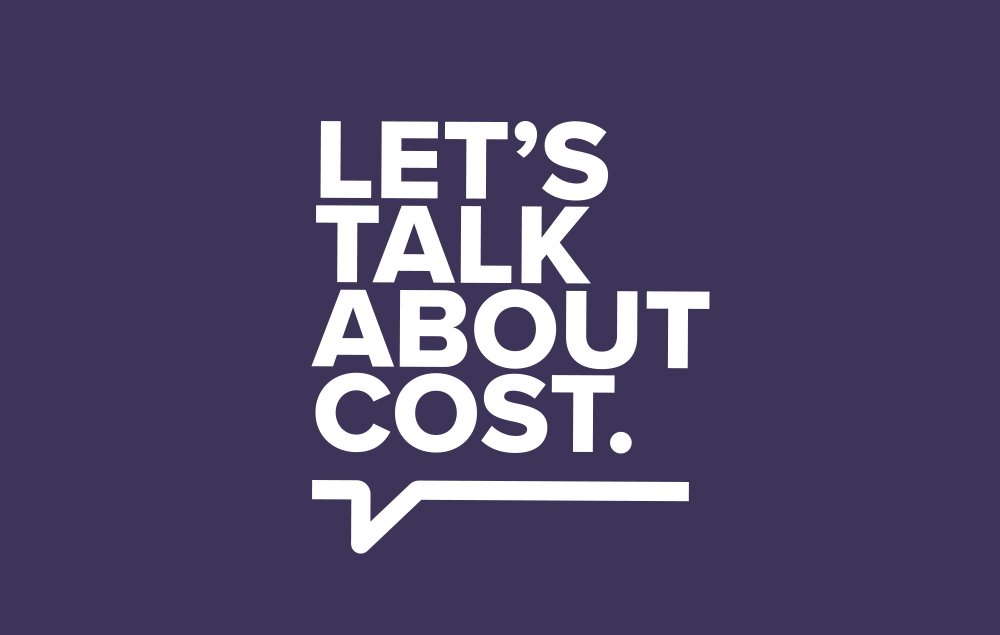A new study published in Health Affairs finds that for nearly 40% of commercially insured patients, half of their annual out-of-pocket expenses for medical treatments come from just one hospital, doctor or pharmacy visit.
This study highlights the issue of the growing use of deductibles for medical services, which can cause significant affordability challenges for patients. People want quality, affordable health coverage that works when they need it and lower, more predictable out-of-pocket costs, rather than sudden financial shocks.
The study also found:
- 26% of commercially insured patients incurred 90% of their annual out-of-pocket spending in just one or two visits to a hospital, doctor or pharmacy.
- More than 25% of commercially insured patients experienced at least one calendar month with out-of-pocket spending greater than $400.
- Patients who were hospitalized at least once over the course of a year faced out-of-pocket costs that were nearly four times higher than patients who were not hospitalized ($3,347 versus $842).
- Patients with one or more hospitalizations were more likely to experience high out-of-pocket spending in a very short period of time than patients taking prescription medicines. Out-of-pocket costs for medicines are typically incurred at regular intervals throughout the year, whereas hospitalizations often occur suddenly and infrequently.
The Health Affairs study suggests that to improve patient affordability, policies should focus on “innovative approaches to cost sharing that prevent dramatic financial shocks to household budgets as a result of medical bills.” That means we need patient-centered solutions that ensure patients have access to quality, affordable care when they need it.
For example, more of the rebates and other price concessions that payers receive from biopharmaceutical companies should be used to directly lower cost sharing for patients at the pharmacy counter. Sharing negotiated discounts could save certain commercially insured patients with high deductibles and coinsurance $145 to $800 annually while increasing premiums by about 1% or less. Additionally, to help prevent patients from facing unexpected costs during the year, plans should be required to count manufacturer cost-sharing assistance toward out-of-pocket limits. We look forward to working with all of our elected policymakers on these critical issues.
Learn more at LetsTalkAboutCost.org.



